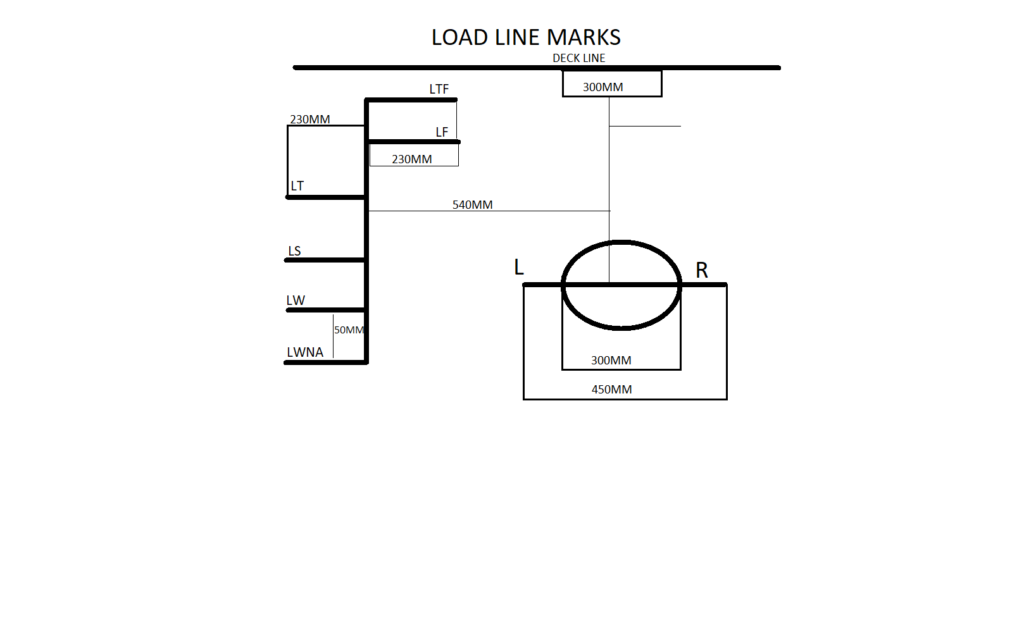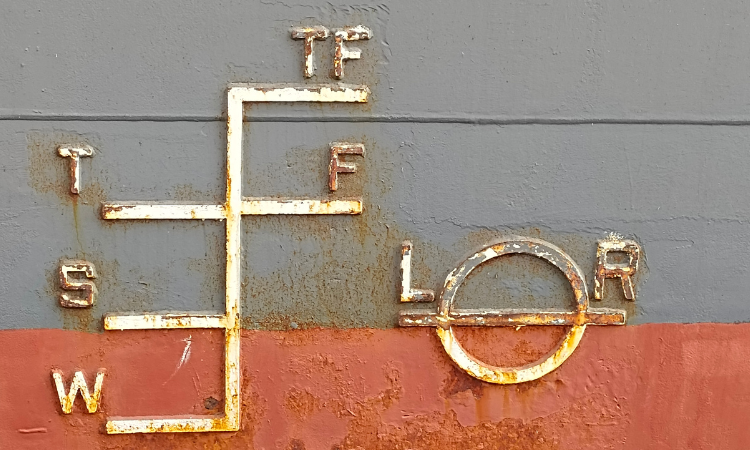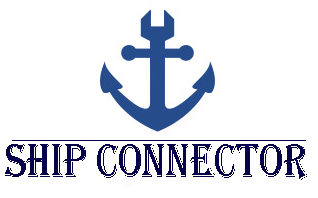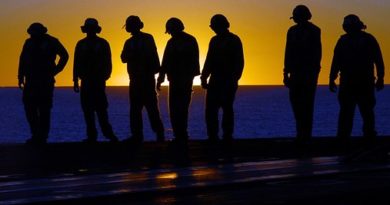What is Plimsoll line on a ship?
Contents
What is Plimsoll line or the International load line?
Also known as the International Load Line, is a marking on the hull of a ship that indicates the maximum safe loading capacity based on its size and construction.
It is used to ensure the ship’s stability, safety, and buoyancy while at sea.

The Plimsoll line is a series of horizontal lines with letters and numbers displayed on the ship’s side, usually amidships (the middle portion of the ship).
The marking consists of several components:
- Load Line Mark: This is the main line representing the maximum allowed draft (the vertical distance between the waterline and the lowest point of the ship’s hull) for the ship under specific conditions.
- Letters: The letters on the Plimsoll line indicate the type of water where the ship is certified to sail.
The common letters used are:
- TF (Tropical Freshwater): For sailing in tropical freshwater regions, such as rivers and lakes.
- T (Tropical Seawater): For sailing in tropical seawater regions.
- F (Freshwater): For sailing in freshwater regions.
- S (Summer): For sailing in temperate seawater regions during the summer season.
- W (Winter): For sailing in temperate seawater regions during the winter season.
Load Line Markers:
These are small circles or diamonds placed on the hull below the load line mark. They indicate the position of the load line for different seasons and conditions.
The Plimsoll line is essential for maintaining the ship’s stability and safety during loading operations. It ensures that the ship does not become overloaded and avoids hazards such as submersion, capsizing, or structural damage due to excessive weight.
The regulations governing the Plimsoll line and load line markings are established by the International Maritime Organization (IMO) to ensure the safety of ships and their crews during their voyages across different water regions and conditions.
The dimensions and specific positions of Plimsoll lines on a ship’s hull are regulated by international standards set by the International Maritime Organization (IMO). The primary purpose of these load lines is to indicate the maximum allowed draft (the vertical distance between the waterline and the lowest point of the ship’s hull) under various conditions.

While the specific dimensions can vary depending on the ship’s size, type, and construction, here are some general guidelines for the position and dimensions of Plimsoll lines
Load Line Mark (LLM):
- The Load Line Mark is a horizontal line located amidships on both sides of the ship.
- It indicates the maximum permissible draft under specific conditions, which is based on the ship’s design and type.
- The Load Line Mark is the main reference line for determining the ship’s load-carrying capacity.
Load Line Markers (LLMs):
- Load Line Markers are small circles or diamonds positioned below the Load Line Mark.
- They are used to indicate the position of the load line for different seasonal and navigational conditions.
- The number and spacing of Load Line Markers depend on the ship’s length and its assigned load line zones.
Load Line Zones:
- Load Line zones are designated areas along the ship’s length, and each zone has its specific maximum draft requirements.
- The division into zones depends on the ship’s length and type, and it determines the ship’s load-carrying capacity in different water regions and conditions.
It’s important to note that the specific dimensions and positions of Plimsoll lines are calculated based on complex stability calculations, buoyancy, and load-carrying capacity of the ship. These calculations take into account various factors such as the ship’s overall length, breadth, and depth, as well as the type of cargo it carries.
The Plimsoll lines and their associated regulations are crucial for maintaining the ship’s stability, buoyancy, and safety during its voyages across different water regions and conditions. They help prevent overloading, which could lead to hazardous situations, and ensure the ship operates safely at all times.

History of Load Line on the ship
In the past, load lines on ships were commonly known as “Plimsoll marks” or “Plimsoll levels” after Samuel Plimsoll, a British politician who advocated for maritime safety reforms in the 19th century. The concept of load lines dates back to the mid-19th century when concerns about the safety of ships and their crews arose due to overloading and unscrupulous practices by some shipowners.
Before the standardized international load line regulations were introduced, individual countries had their own load line rules and regulations. This lack of consistency led to confusion and allowed for unsafe practices, such as loading ships beyond their safe carrying capacity, compromising the vessel’s stability and safety.
Samuel Plimsoll’s efforts led to the passage of the United Kingdom’s Merchant Shipping Act of 1876, which mandated the use of load lines on British-registered ships. The Act required a mark to be placed on the ship’s hull to indicate the maximum draft based on the ship’s size, construction, and type of cargo.
The initial load line markings were simple, and they varied depending on the type of water the ship operated in (e.g., summer, winter, tropical). However, over time, international efforts were made to standardize load line regulations for global maritime safety.
In 1930, the first International Convention on Load Lines was adopted, establishing uniform rules for load line markings on ships worldwide. This convention was revised in subsequent years to address advancements in ship design and technology.
Today, the International Load Line regulations, set by the International Maritime Organization (IMO), provide a standardized and consistent system of load lines on ships, ensuring the safety and stability of vessels regardless of their flag state or operating region. The Plimsoll line, now referred to as the International Load Line, remains an essential safety feature on all seagoing ships.
To know about what are draught marks: click here
To know about how anchoring a ship : click here

